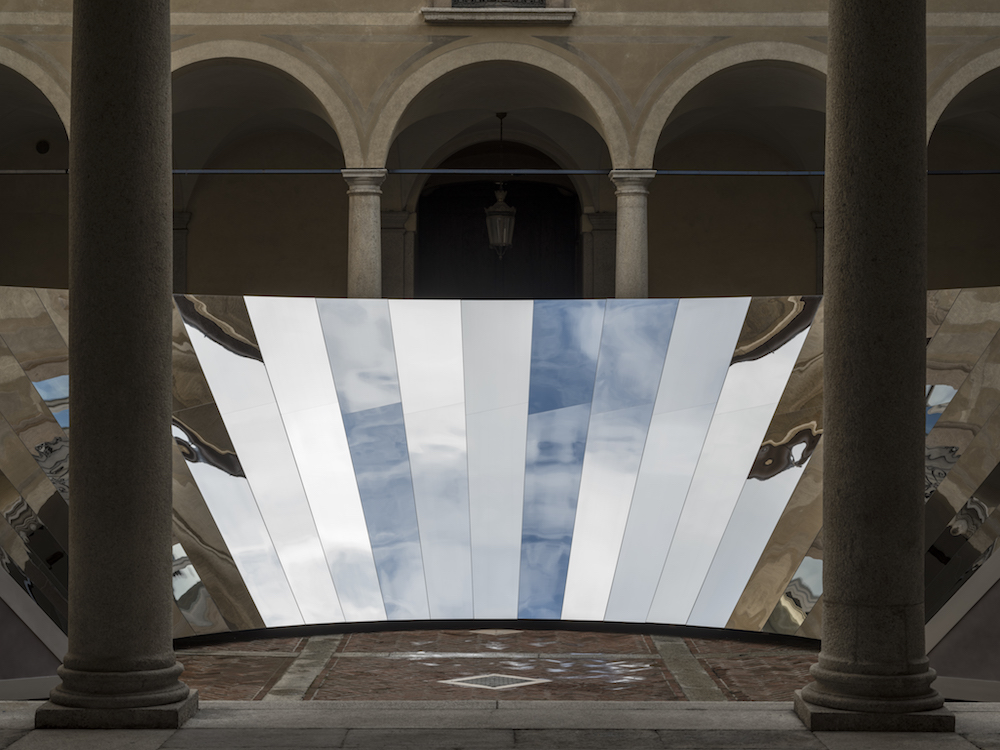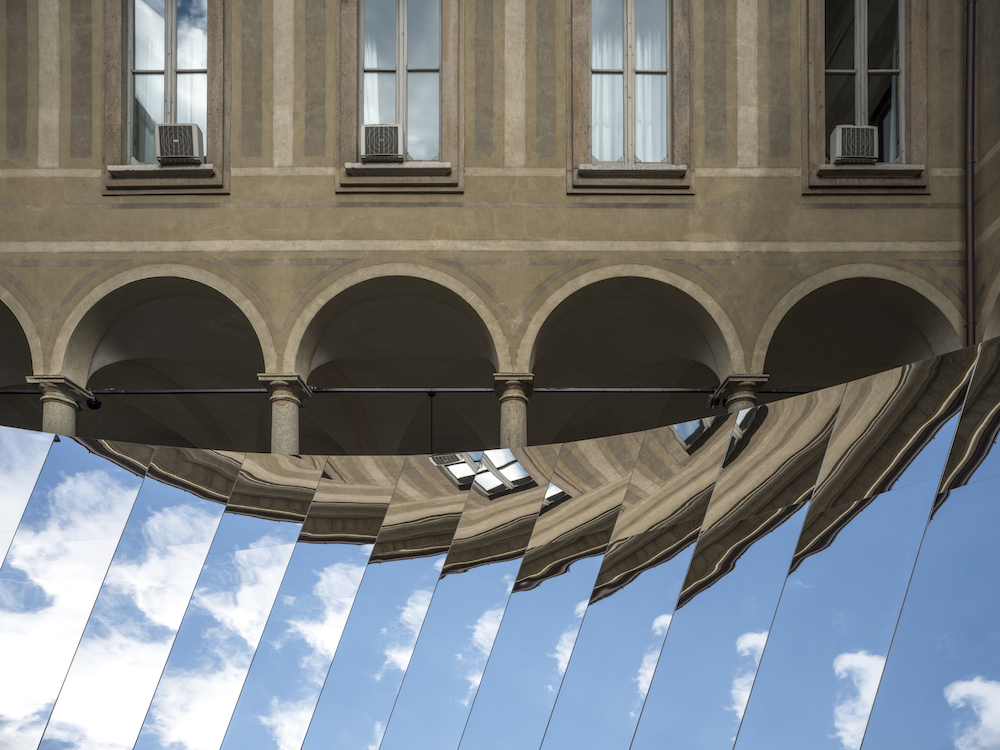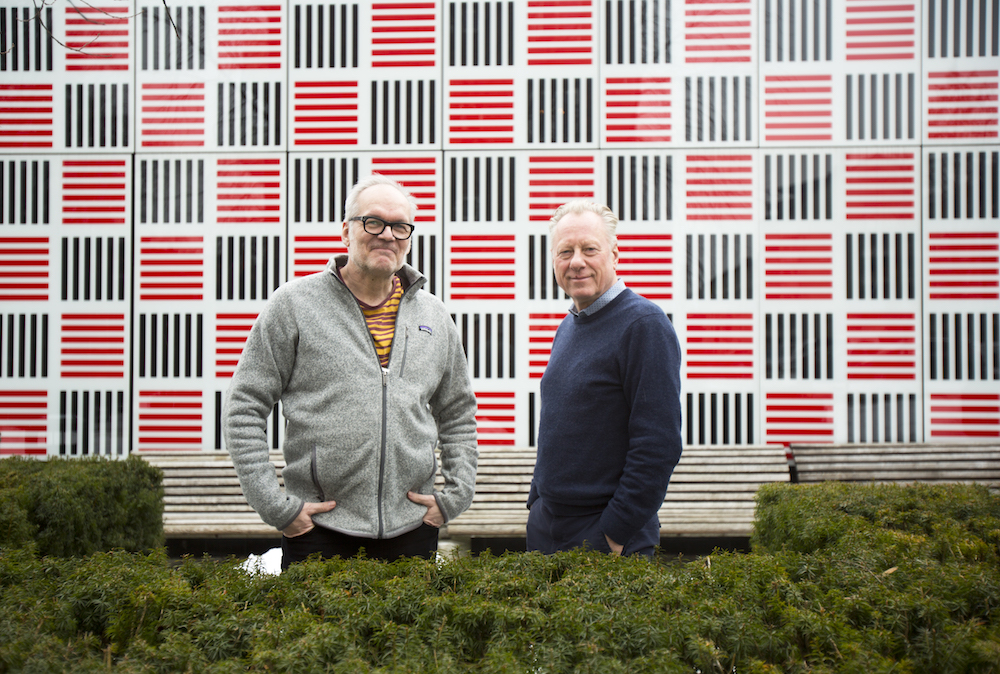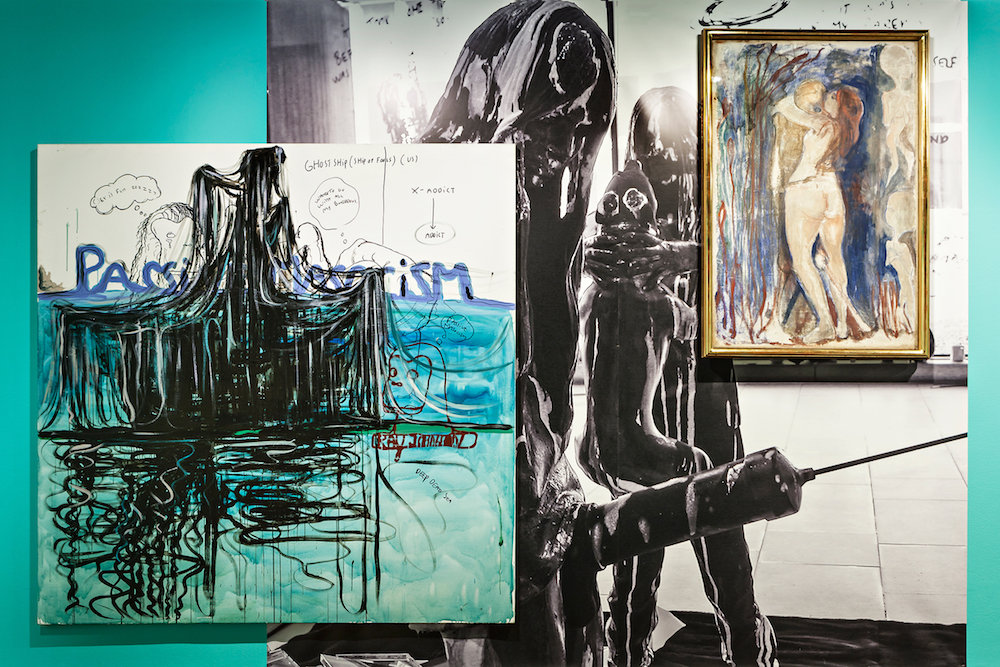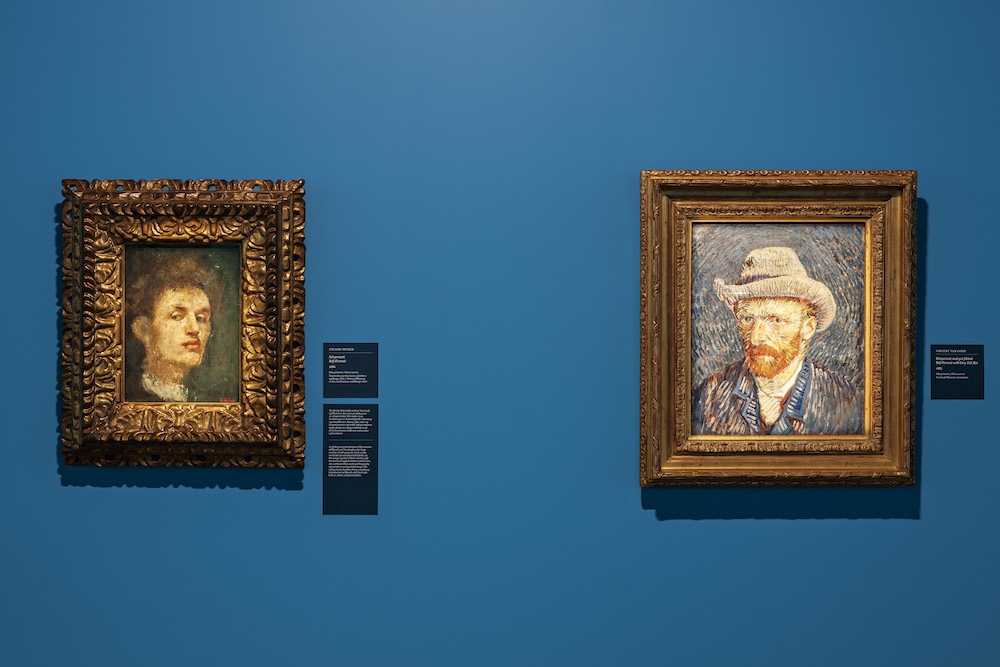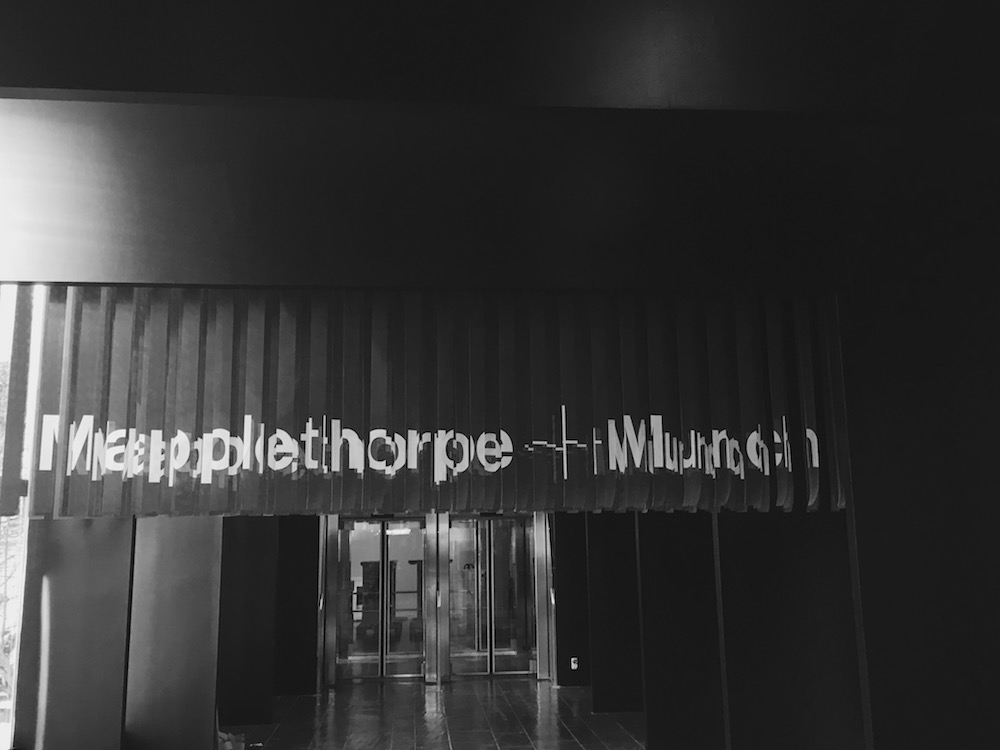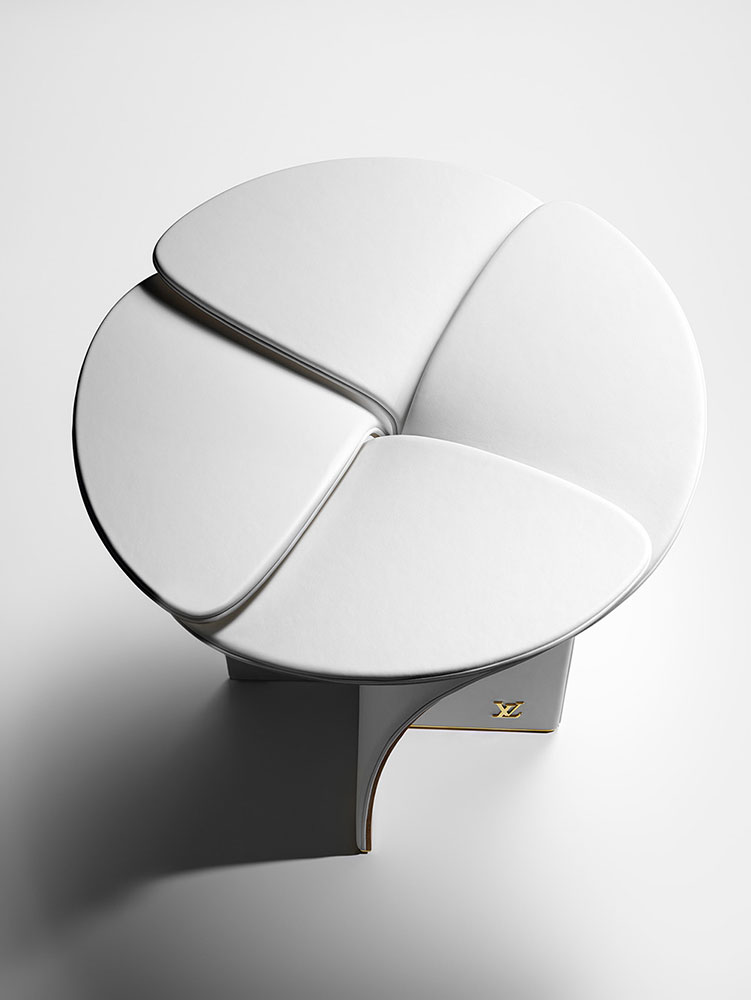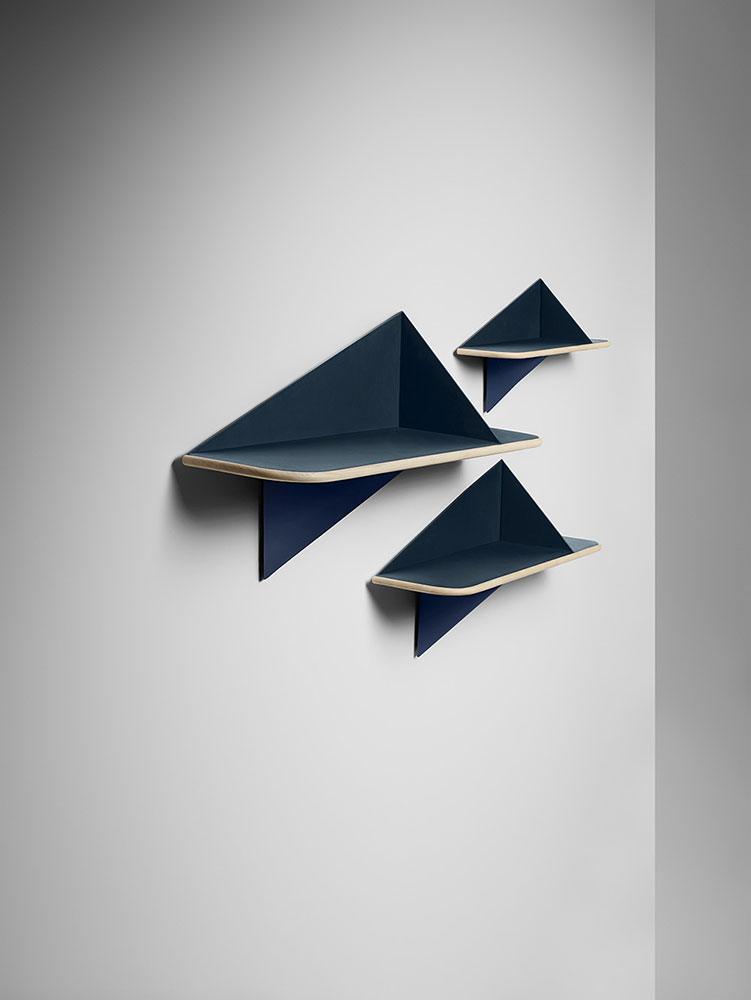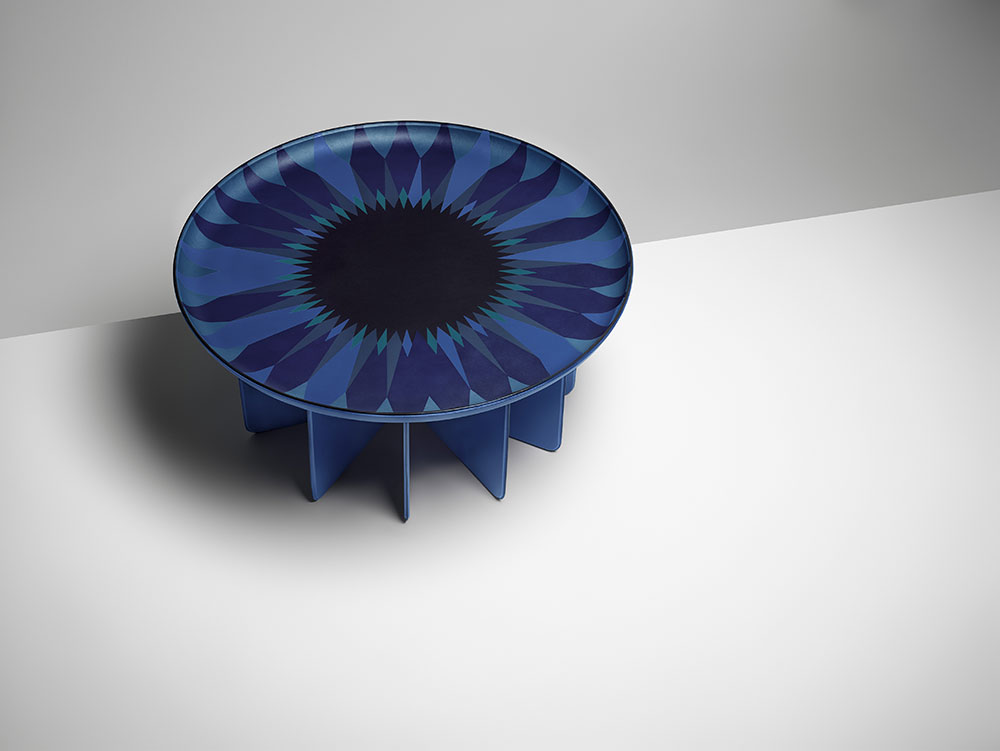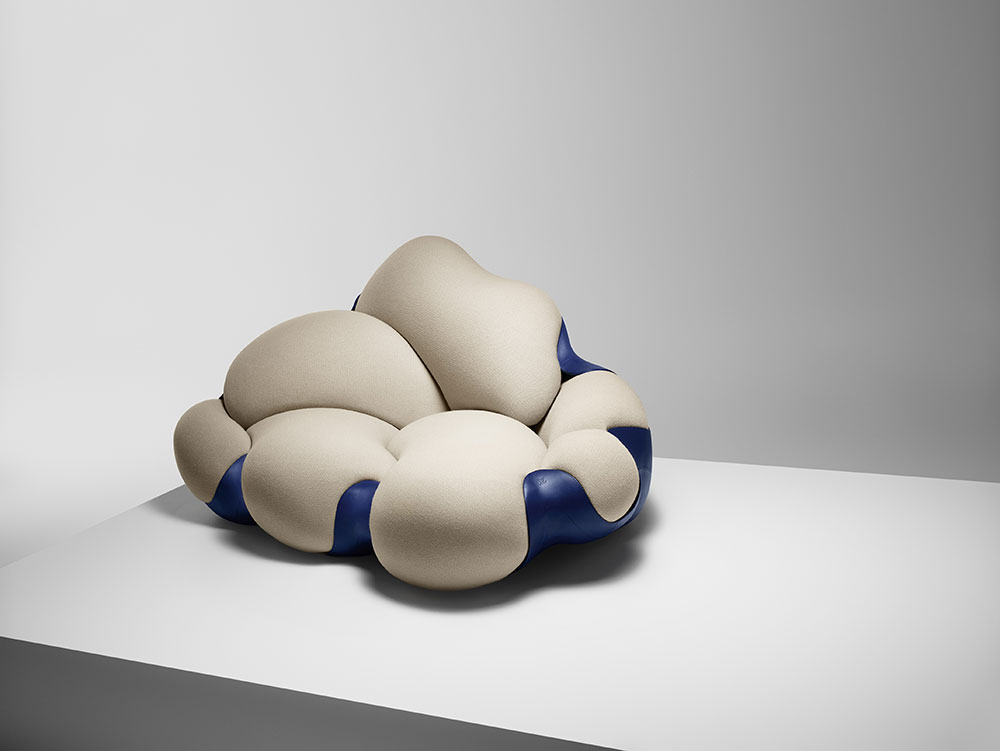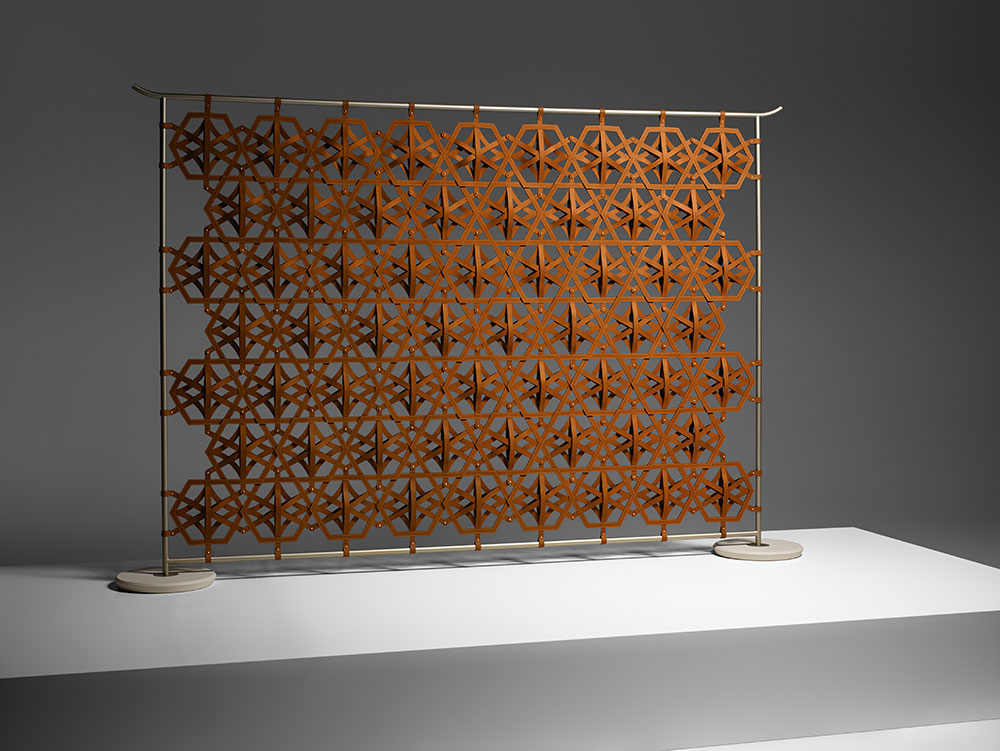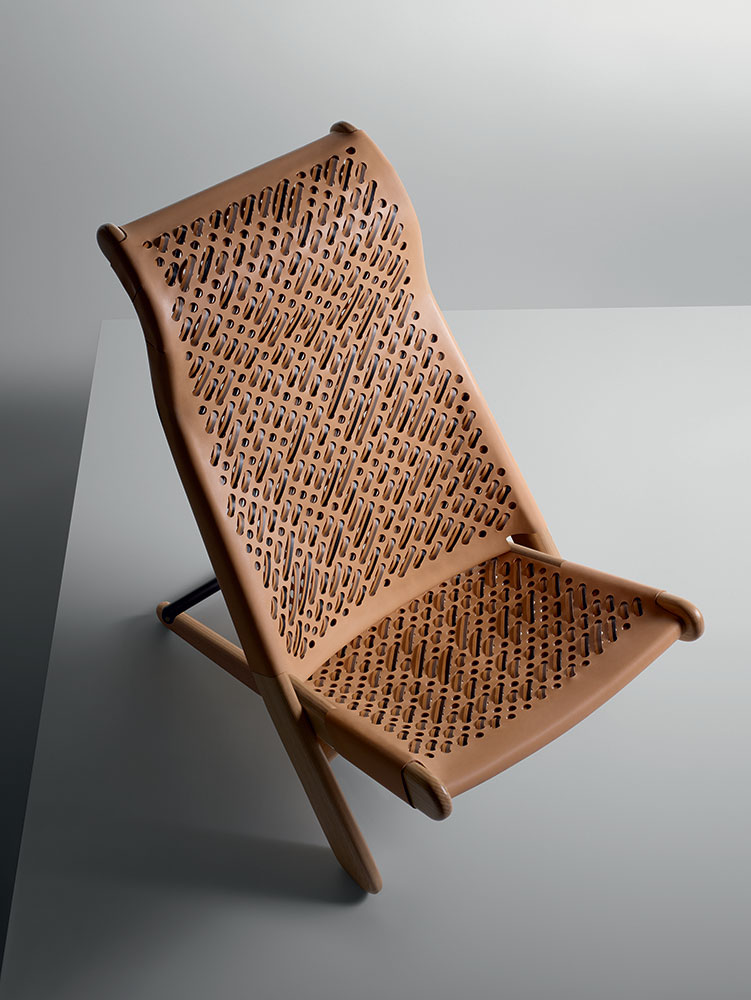Port visits COS’ Salone del Mobile.Milano installation and discusses the future of architecture with Arthur Mamou-Mani

The Nun of Monza, Sister Marianna de Leyva – the real-life subject of Alessandro Manzoni’s The Betrothed – began a love affair with Count Gian Paolo Osio that rocked Milanese society in the 16th Century. Following the birth of their child and endeavouring to keep their affair a secret, the Count began a spree of murders, killing anyone who threatened to reveal the affair. Imprisoned and sentenced to death for his crimes, the Count fled, taking refuge in the Palazzo Isimbardi, home to Senator Cesare Taverna. Yet his supposed friend betrayed the Count, ordering his murder in the cellar of his own home.
The stuff of fairy-tale. Yet, the Palazzo Isimbardi in Milan stands the test of time. Passed down through Italy’s nobility since the turn of the 15th century, evolving from a Marquis’ country residence, a centre for scientific research and once the site of an alleged murder – it now forms the governing headquarters of the Metropolitan City of Milan and a site of significant artistic heritage.
Today, the palace has been transformed into an installation by French Architect Arthur Mamou-Mani, in collaboration with fashion label COS for their 8th installation at the Salone Del Mobile design festival in Milan. Delicately monumental, Conifera, one of the largest 3D-printed projects ever made, traces the journey from Palazzo Isimbardi’s courtyard to the garden, weaving itself into the palace’s own architecture and landscape in a multitude of wooden, white and translucent bio-bricks. Interlacing squares and crosses form 700 lattices, hanging suspended mid-air; a 90s computer game inserted into Renaissance Italy. Using wholly renewable resources, the installation responds to the interdependent relationship between architecture and nature, and between the digital and physical worlds.

London-based architect Arthur Mamou-Mani is synonymous with the emerging technologies that are opening up new, exciting spaces in architecture, such as 3D printing and algorithmic, parametric design. Named as one of the RIBA’s rising stars in 2017, Mamou-Mani came to prominence in 2018 with his commission at Burning Man Festival for the ‘temple’ – a vortex of wood twisting up from the desert floor.
We caught up with Mamou-Mani to discover more about the project, the advantages of digital technology and his take on the future of architecture.

How would you describe your style?
It’s the idea of the architect as a maker, and as one who lets the material and other parameters create, rather than having a top-down approach. It comes a lot from my time at the Architectural Association: I learnt that architecture can be the sum of processes, not just arbitrary decisions.
What are the benefits of using digital tools, as opposed to traditional processes?
The digital tools, which include not just computers but also robotic tools for fabrication, create a holistic approach to design. The output, the physical models we make, are a direct reflection of a loop one can create now between the digital and the physical world. It becomes an iterative process, and that’s something that was much harder to do in the past. I can’t imagine an architect carving a stone by hand and putting the stone into the computer, and then carving again.

How did the project with COS come about?
We were building the temple for Burning Man Festival, in 2018, and we got the call to our London office. They sent us a brief – the location, a palace in Milan, made quite a contrast with the Nevada desert – and I liked that it mentioned ideas like the democratisation of fashion, technology, modularity, in-temporality. It resonated with the work I was doing. I got excited.
Can you talk me through the project in Milan?
The project is based on a modular unit, a sort of bio-brick that is assembled into a series of archways going from the courtyard of the palazzo to the garden, just outside the palazzo. We start with wood, which we are 3D printing, and which slowly becomes this very pure, natural bioplastic. It’s a journey from manmade to the natural, through a technical brick.

How do you think technology will come to change architecture?
I think architecture will accept reversibility, the idea of a building that can un-build itself, which is modular and reassemble-able, and uses materials that can also go back into the earth. It is something that we will have no choice but to embrace; we have an obligation to find solutions in architecture and construction that are more sustainable, and to think more about the long term.
